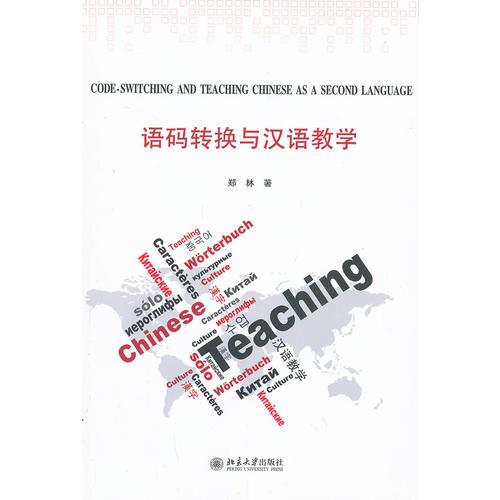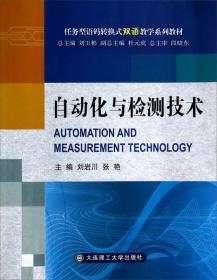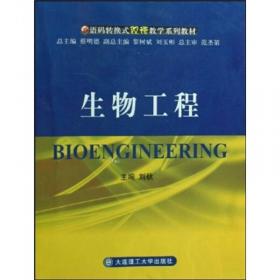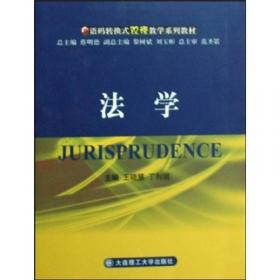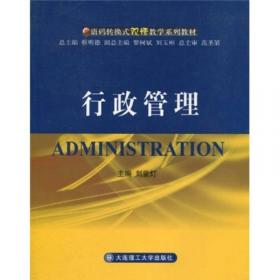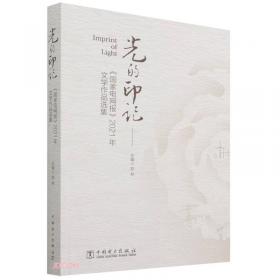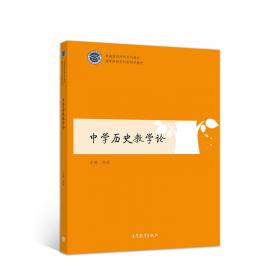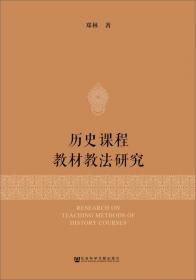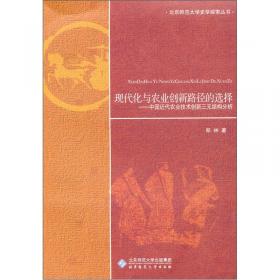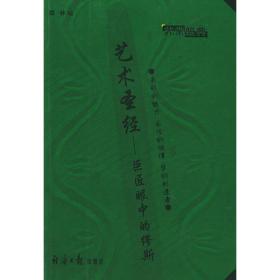语码转换与汉语教学Code-Switching and Teaching Chinese as a Second Language
出版时间:
2013-03
版次:
1
ISBN:
9787301220603
定价:
45.00
装帧:
平装
开本:
大16开
纸张:
胶版纸
页数:
268页
字数:
348千字
1人买过
-
郑林,北京师范大学文学学士,澳大利亚奠纳什大学教育学硕士,语言学博士,师从演大利亚语言学界泰斗Professor MichaelClyne。现任澳大利亚迪肯大学人文与社会科学学院高级讲师、博士生导师。 preface
Acknowledgments
List of Tables
List of Figures
List of Abbreviations
CHAPTER 1 INTRODUCTION
1.1 Aim
1.2 The Chaneselanguang
1.3 Structure
CHAPTER 2 CODE SWITCHIAN AND COOE CHOICES
2.0 Introduction
2.1 Definitions of codeswitching
2.2 Code switching andborrowing
2.3 Types of codeswitching
2.4 Grammatical constriantsand other universal issues on code switching
2.4.1 Grammatical constriants on codeswitching
2.4.2 Other issues
2.4.2.1 Trigger-words and triggering
2.4.2.2 Mixed gremmar or grammar for codeswitching
2.4.2.3 Matrix languang and marginal passages
2.4.3 The Matrix Languang Frame model
2.5 Functions motivated bypragmatic or sociolinguistic factors
2.5.1 Transactional or convereational functions
2.5.1.1 Topic or referential functions
2.5.2 Discourse functions
2.5.2.1 The function of distinguishiangdirect speech from reported one or quontations
2.5.2.2 The function of specifying an addresseeas the recipient of the message
2.5.2.3 The function of making injections orseving as sentence fillers
2.5.2.4 The function of clarifying oremphasissing a message
2.5.2.5 The function of qualifying themessage
2.5.2.6 The function of marking personalizationvs objectivization
2.5.2.7 The function of marking types ofdiscoures or genres
2.5.2.8 Discourse strategies and the markednessmodel
2.5.3 Stylistic functions
2.5.4 The function of gap in vocabulary
2.6 Conversational analysis,social network and family
2.7 Attitudes toward codeswitching
2.8 languang policy inVictoria,Australia and the role of education in minority languangmaintenance
2.9 Conclusion
CHAPETR 3 RESEARCH METHODOLOGY OF THE STUDY
……
CHAPETR 4 TONAL ASPECTS OF SWITCHING
CHAPETR 5 THE PLACE OF GRAMMATICAL STRUCTURES IN CHINESEUTTERANCES AND SWITCHING
CHAPETR 6 CONTETUAL FACTORS IN SWITCHING
CHAPETR 7 SCHOOL EDUCATION AND CHINESE LANGUANGMAINTENANCE
CHAPETR 8 IMPLICATIONS FOR TEACHING CHANESE AS ASECONDLANGUANG
APPENDIX A Sample Questionnaire
Bibliography
-
作者简介:
郑林,北京师范大学文学学士,澳大利亚奠纳什大学教育学硕士,语言学博士,师从演大利亚语言学界泰斗Professor MichaelClyne。现任澳大利亚迪肯大学人文与社会科学学院高级讲师、博士生导师。
-
目录:
preface
Acknowledgments
List of Tables
List of Figures
List of Abbreviations
CHAPTER 1 INTRODUCTION
1.1 Aim
1.2 The Chaneselanguang
1.3 Structure
CHAPTER 2 CODE SWITCHIAN AND COOE CHOICES
2.0 Introduction
2.1 Definitions of codeswitching
2.2 Code switching andborrowing
2.3 Types of codeswitching
2.4 Grammatical constriantsand other universal issues on code switching
2.4.1 Grammatical constriants on codeswitching
2.4.2 Other issues
2.4.2.1 Trigger-words and triggering
2.4.2.2 Mixed gremmar or grammar for codeswitching
2.4.2.3 Matrix languang and marginal passages
2.4.3 The Matrix Languang Frame model
2.5 Functions motivated bypragmatic or sociolinguistic factors
2.5.1 Transactional or convereational functions
2.5.1.1 Topic or referential functions
2.5.2 Discourse functions
2.5.2.1 The function of distinguishiangdirect speech from reported one or quontations
2.5.2.2 The function of specifying an addresseeas the recipient of the message
2.5.2.3 The function of making injections orseving as sentence fillers
2.5.2.4 The function of clarifying oremphasissing a message
2.5.2.5 The function of qualifying themessage
2.5.2.6 The function of marking personalizationvs objectivization
2.5.2.7 The function of marking types ofdiscoures or genres
2.5.2.8 Discourse strategies and the markednessmodel
2.5.3 Stylistic functions
2.5.4 The function of gap in vocabulary
2.6 Conversational analysis,social network and family
2.7 Attitudes toward codeswitching
2.8 languang policy inVictoria,Australia and the role of education in minority languangmaintenance
2.9 Conclusion
CHAPETR 3 RESEARCH METHODOLOGY OF THE STUDY
……
CHAPETR 4 TONAL ASPECTS OF SWITCHING
CHAPETR 5 THE PLACE OF GRAMMATICAL STRUCTURES IN CHINESEUTTERANCES AND SWITCHING
CHAPETR 6 CONTETUAL FACTORS IN SWITCHING
CHAPETR 7 SCHOOL EDUCATION AND CHINESE LANGUANGMAINTENANCE
CHAPETR 8 IMPLICATIONS FOR TEACHING CHANESE AS ASECONDLANGUANG
APPENDIX A Sample Questionnaire
Bibliography
查看详情
-
九品
河南省平顶山市
平均发货13小时
成功完成率95.31%
-
 12
12
八五品
北京市海淀区
平均发货20小时
成功完成率96.77%
-
 4
4
九品
北京市海淀区
平均发货19小时
成功完成率95.49%

 占位居中
占位居中

